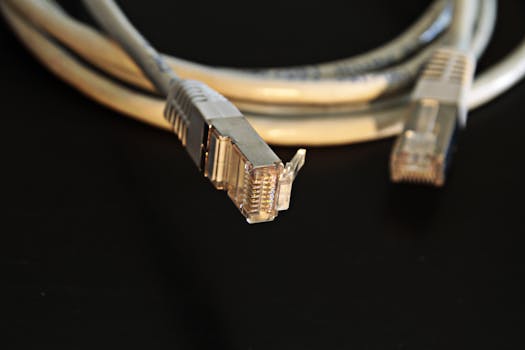The Future is Now: Exploring the Cutting-Edge Innovations in Satellite Telecommunications

Satellite Telecommunications is the focus keyword we will discuss in this article, as it’s becoming increasingly important in our daily lives. The future of telecommunications is here, and it’s being driven by cutting-edge innovations in satellite technology. From high-speed internet to 5G connectivity, satellite telecommunications is revolutionizing the way we communicate and access information. In this article, we will explore the latest advancements in satellite telecommunications and what they mean for the future of our connected world.
Introduction to Satellite Telecommunications
Satellite telecommunications has come a long way since its inception in the 1960s. The first commercial satellite, Intelsat 1, was launched in 1965 and provided transatlantic telephone and television services. Since then, satellite technology has advanced significantly, with the development of new satellite constellations, advanced propulsion systems, and sophisticated communication protocols. Today, satellite telecommunications plays a vital role in providing global connectivity, enabling communication services in remote and underserved areas, and supporting various industries such as aviation, maritime, and emergency services.
Cutting-Edge Innovations in Satellite Telecommunications
Several cutting-edge innovations are transforming the satellite telecommunications landscape. One of the most significant advancements is the development of high-throughput satellites (HTS), which offer faster data rates and higher capacity than traditional satellites. HTS satellites use advanced technologies such as spot beams and frequency reuse to provide high-speed internet services, making them ideal for applications such as broadband access, cellular backhaul, and enterprise networks. Another innovation is the use of low-Earth orbit (LEO) satellites, which operate at altitudes of around 1,200 km, compared to traditional geostationary satellites that orbit at 36,000 km. LEO satellites offer lower latency, higher data rates, and improved connectivity, making them suitable for real-time applications such as video conferencing, online gaming, and IoT services.
Furthermore, the development of 5G satellite connectivity is expected to revolutionize the telecommunications industry. 5G satellites will provide ultra-high-speed data rates, low latency, and massive connectivity, enabling a wide range of applications such as enhanced mobile broadband, mission-critical communications, and massive machine-type communications. The integration of 5G and satellite technologies will also enable the creation of hybrid networks, which will provide seamless connectivity and ubiquitous coverage, even in areas where terrestrial networks are limited or non-existent.
Applications and Use Cases of Satellite Telecommunications
Satellite telecommunications has a wide range of applications and use cases, including broadband access, cellular backhaul, enterprise networks, aviation, maritime, and emergency services. Satellite broadband access is becoming increasingly important, particularly in rural and remote areas where terrestrial infrastructure is limited or non-existent. Satellite-based broadband services provide high-speed internet access, enabling users to access online services, communicate with others, and participate in the digital economy.
Cellular backhaul is another significant application of satellite telecommunications, where satellites are used to extend the reach of cellular networks to remote areas. This enables mobile operators to provide connectivity services to a wider population, including those in areas where terrestrial infrastructure is limited. Satellite-based enterprise networks are also being used by organizations to provide secure and reliable connectivity for their operations, particularly in industries such as finance, healthcare, and education.
Conclusion and Future Outlook
In conclusion, the future of telecommunications is being shaped by cutting-edge innovations in satellite technology. From high-speed internet to 5G connectivity, satellite telecommunications is revolutionizing the way we communicate and access information. As the demand for global connectivity continues to grow, satellite telecommunications will play an increasingly important role in providing ubiquitous coverage, enabling communication services in remote and underserved areas, and supporting various industries. The integration of 5G and satellite technologies will also enable the creation of hybrid networks, providing seamless connectivity and ubiquitous coverage.
